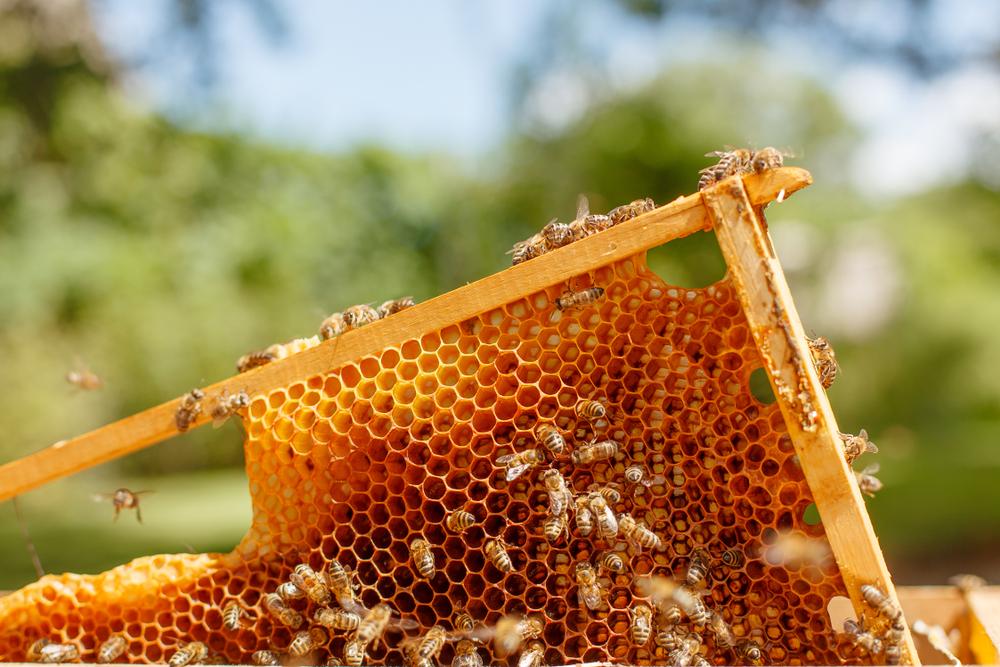For thousands of years, humans have prized honey for its taste as well as its health benefits. By raising bees at home, beekeepers can harvest and enjoy their own honey.
There are two types of honey: raw and processed. Raw honey is collected from a beehive and consumed after it’s passed through a filter to remove bits of beeswax and other debris. Honey processed for commercial sale is run through fine filters to remove pollen and impurities and then treated by an application of heat to make it smoother, clearer, and less sticky, while extending shelf life by eliminating moisture and yeast.






